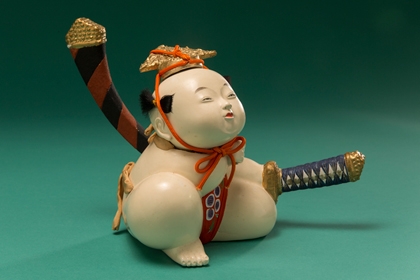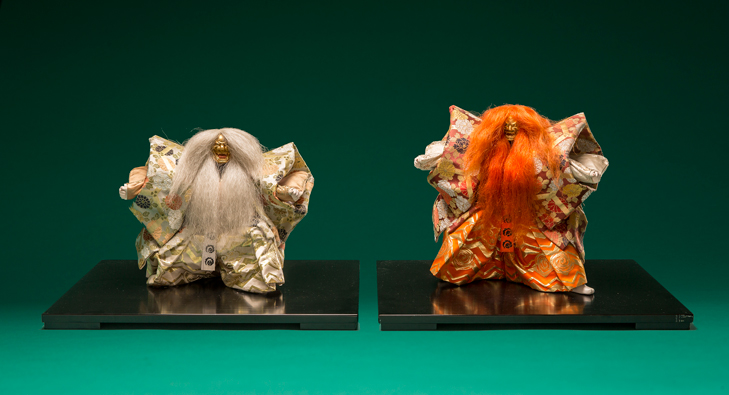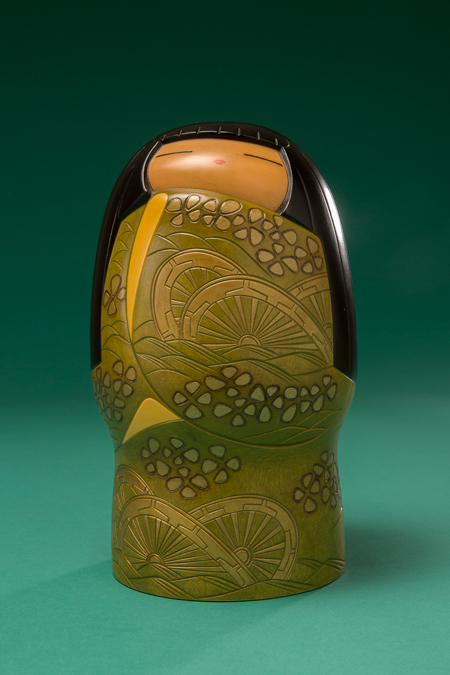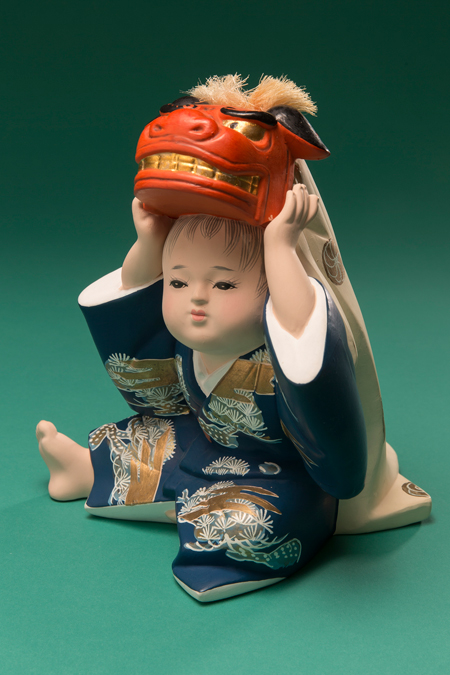Konnichiwa and Grüezi
150 Jahre Japan und die Schweiz19. April 2014 — 5. Oktober 2014
Diplomacy and friendship between Japan and Switzerland
A special exhibition will take place at the Toy Worlds Museum Basle to celebrate the 150th anniversary of Japanese-Swiss diplomacy and friendship. It has been realised in cooperation with the Japan Information and Cultural Center of the Japanese Embassy in Berne and the Japan Cultural Institute in Cologne.
The first documented reference in Switzerland to Japan dates from 1522. In 1864, Switzerland concluded one of the earliest bilateral trade and friendship treaties with Japan, giving rise to a dynamic economic exchange. Textiles, watches and weapons were exported, and from Japan there came above all silk and tea. Today, Switzerland provides mainly chemical and pharmaceutical products, watches, machines and instruments, and imports vehicles and machines as well as precious stones and metals.
On 1 September 2009, the Free Trade and Economic Partnership Agreement (FTEPA) Switzerland-Japan came into effect. It is Switzerland’s most important free trade agreement after the one with the EC.
The mutual interest and friendship and the fascination of the two countries for each other remain unbroken to this day.
The dolls of Japan
Since prehistoric times, dolls have been made everywhere in the world, partly as objects of worship and magic, partly as toys with a human form and also as objects for artistic consideration and pleasure.
No other country can boast so many different types of dolls. In Japan, the commitment to creating unique forms is very much alive to this day. Dolls in Japan are made from wood, paper, fabric and clay, which are worked using a diverse range of craftwork techniques. The high level of artistry elevates these dolls beyond being just toys for children. They represent a distinct genre within the visual arts.
The travelling exhibition Dolls of Japan — Shapes of Prayer, Embodiment of Love of the Japan Cultural Institute in Cologne presents the art of contemporary Japanese doll-making, a craft that is both bound by tradition and at the same time deeply rooted in the today’s life of the Japanese.
The dolls in the exhibition, in the tradition of their predecessors, captivate with their gentle and manifold expressions, enabling the viewer to understand and appreciate the Japanese dolls.
Contemporary Japanese utilitarian and decorative objects
Japanese craftsmanship can look back on a long history rich in tradition. As early as 700 BC, the Jōmon culture (cord pattern culture) produced the first low-fired ceremonial vessels with rich vivid embellishments. Japanese craftsmanship was open to influences from China and Korea which were fused with the native understanding of art.
Artists strived constantly not only to uphold traditions passed down the generations, but also to incorporate new forms and techniques into their creations.
Some artists regard their works as usable everyday objects, whereas others by contrast create pure art objects with new forms and materials. The collection Contemporary Japanese Crafts is part of the Japan Foundation Traveling Exhibitions. The exhibits are arranged by production material, such as ceramic or lacquer works, by artist or by historical period.
 The international Art Magazine
The international Art Magazine



